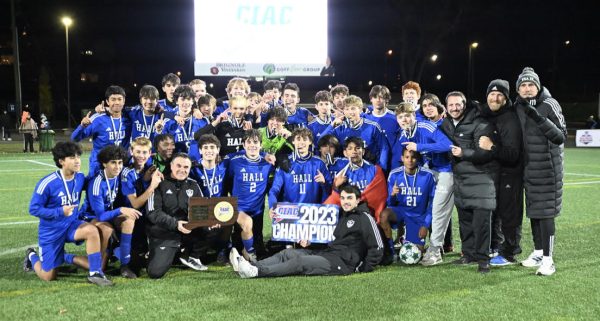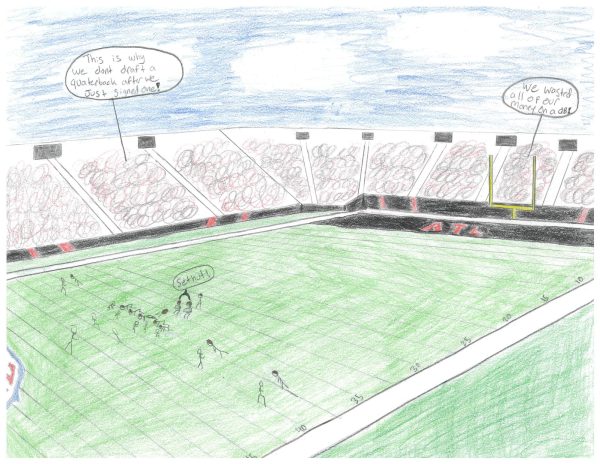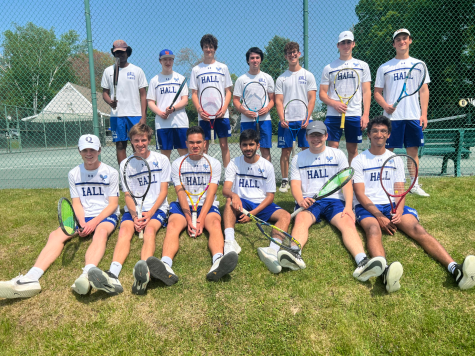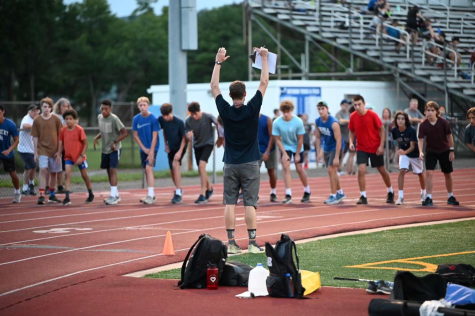Virtual NFL Draft: A Look Into The Future?
It goes without saying that this year’s NFL Draft was unlike any draft that’s occurred before. There were virtual fans, 600 home camera setups, and some 55 million fans watching (a record-breaking figure). With all these pioneering technologies, I’m left with one underlying question that applies to the draft and the world as we know it: What are we going to take away from this bizarre experience?
Let’s start with a negative. As a fan, my favorite part of the draft is seeing players’ reactions when their name gets called by Roger Goodell. From the initial surprise to the emotional outbursts to the hugs and handshakes on stage, I feel like I’m a part of something. In this new virtual draft, there were home cameras set up so you could see the players.
Theoretically, this sounds like the right solution. You don’t get the moment with the commissioner, but you still get to see the pick. That’s how it would’ve played out in an ideal world. Unfortunately, that didn’t happen. Instead, by the time they had switched the camera to the home view of the player, most of them had passed their genuine reaction. This isn’t the end of the world, but it’s one of those things that I (among others) took for granted in drafts past.
The second thing I want to point out is the virtual fans. There are people there to cheer and applaud once the pick is announced in the real draft. The production team had to come up with something different this year so there wouldn’t be excruciating silence every five minutes.
What they chose to do was have live footage of fans from all 32 teams on a TV screen that was sitting behind the commissioner. This way, they could queue up noise whenever they needed it. And I have to give it to them. This is a smart idea, and it made the draft feel a little more normal, even if it was a little unnatural.
Even though I was bashing the home camera situation earlier, it was better than nothing. Seeing inside the homes of players, GMs, and head coaches give fans a peek into their non-football lives. All of the players had family and friends with them, and there were quite a few kids and pets to get featured on screen.
I especially respect the coaches and general managers, because this was drastically different from their typical setup, and they’re the ones making the decisions. In a standard draft, they would be in something called a “war room” at their team headquarters. This is just a room where they analyze all the available picks and decide who would be best for their team. Usually, there would be a camera in there, and the shot of a team’s war room would be put up when it was their turn to pick.
However, this year, they obviously couldn’t be in such close contact, so they had to discuss the pick over a video call. As students, we know firsthand how much more difficult it is to communicate virtually than in person, so this brings me a greater appreciation for the work they did.
All things considered, I think the draft went well. Fans were super excited to watch it since it was the first live sports event in weeks, and as a fan, I was pleased. Looking to the future, this shows us a couple of things. First, the draft can run successfully under stressful and unprecedented conditions. And second, fans like new things, because compared to last year, viewership went up 37%!





